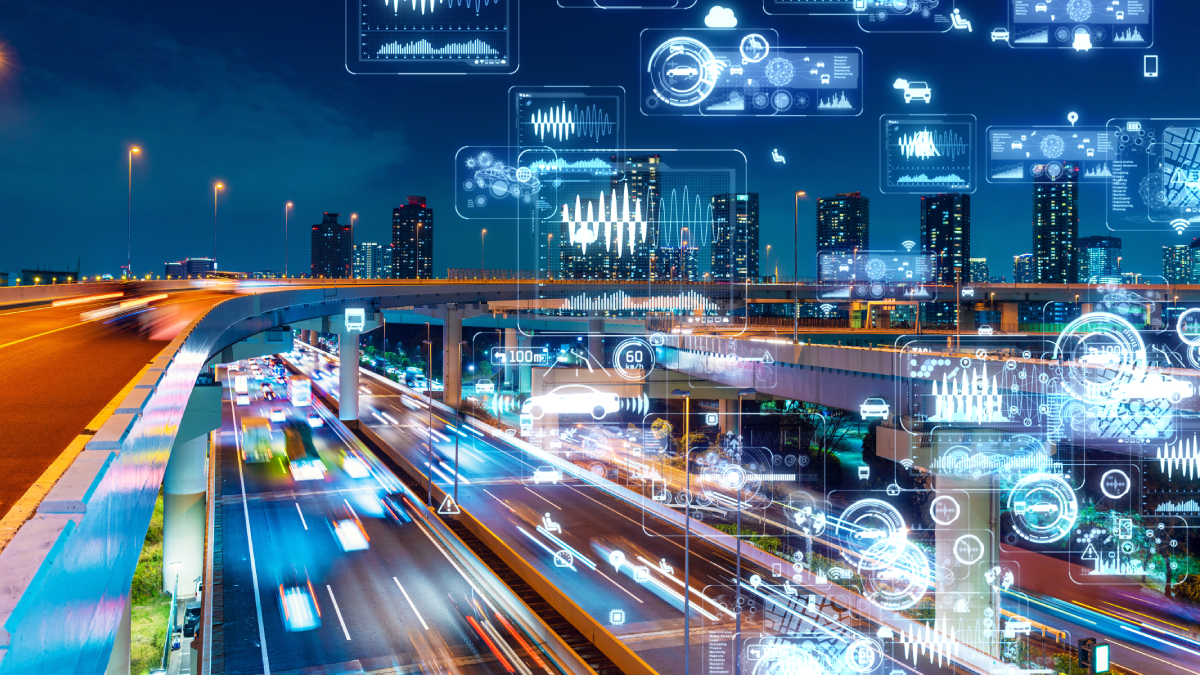Despite its name, edge computing isn’t left field. In fact, it’s rapidly growing in popularity, with more businesses exploring use cases for the approach. According to Gartner, there will be a 75% increase in edge computing and processing by 2025, while IDC estimates worldwide spending on edge computing will reach nearly $274 billion by 2025.
And with demand for innovative user experiences and high performance only increasing, it makes sense for organisations to process and analyse data close to where it is created – via edge computing. This drives productivity and cost benefits.
The future looks bright with edge computing – but can it live up to its billing?
How did we get here?
Whether it’s financial services, retail or hospitality – digital transformation has given end-users innovative ways to engage with organisations. Customers now expect slick user experiences powered by failsafe applications, and organisations that fail to provide this are likely to lose out to the competition.
This rise in user expectations has coincided with the vast increase in connected IoT (Internet of Things) enabled devices. Smartphones, wearables, and even connected cars act as digital touchpoints for organisations – collecting and exchanging data in real-time and providing important user feedback to providers. They are also incredibly popular, as IDC estimates that by 2025, there will be 55.7 billion connected IoT devices in existence, generating almost 80 billion zettabytes (ZB) of data.
With more digital services on offer, fed by more devices than ever, organisations are dealing with unprecedented levels of data. This data is crucial to understanding customer journeys, trends, and issues – which all help organisations to improve services and drive growth. But only if it can be processed, stored and accessed efficiently.
Passing this ever-increasing amount of data back and forth between these touchpoints and the business core results in skyrocketing bandwidth costs and increases the possibility of disruption from latency and network outages. This is where edge computing comes in.
Gaining the edge
Edge computing is a distributed computing model, where data processing and storage is carried out on the periphery of the network, closer to where it’s required. This minimises the need to send it back and forth to a centralised server or cloud, reducing bandwidth usage and minimising latency issues.
Crucially, it allows for much faster decision making than a more traditional centralised computing model can afford, making all the difference when it’s applied to time-sensitive services or applications. This move towards decentralised decision making is exciting for organisations.
Early models of edge computing still required tasks to be carried out by a centralised cloud server, which limited its capability. But this is now changing.
More edge devices, and the database software embedded in them, are now powerful enough to process data locally without a central cloud server needed. As a result, enterprises can seamlessly spin up new business-critical edge deployments capable of working offline. If a server is required, it can be located much closer to these devices, at the network edge. And if devices must interact with a centralised cloud server, innovations in serverless computing mean organisations only pay for what they need, when they need it.
These developing edge capabilities are driving true innovation in edge computing – finally realising the huge potential in the technology.
Taking the next step
For Edge 2.0 to become a reality, organisations must plan their deployments carefully, ensuring they invest in the right kind of database technologies – from the cloud data centre to the edge layer, and finally, edge devices themselves. As far as connectivity permits, data should be synchronised across these edge devices, and they must also be able to process data and deliver real-time insights offline, if needed. Reaching this point will demand the near-instant, resilient, secure and bidirectional synchronisation of data between cloud and edge data centres.
This kind of technology is already adding value for organisations in all sectors. Take the mobile healthcare provider BackpackEMR, for instance, which seeks to improve the medical experience in rural communities of the developing world. Frequently without an internet connection, these clinics can’t use traditional cloud services. But they can share patient data seamlessly across their edge computing nodes, raising the quality of the services they offer.
Such use cases represent real benefits for organisations. In 2023, more businesses will strive for this decentralised approach to improve reliability and support for high bandwidth, low-latency applications. If edge computing delivers this, and fundamentally changes user experiences for the better, it’s safe to say that this approach will more than live up to expectations.

